Define the Problem Consider the decision you are facing and state the issue clearly. Is it important enough to warrant using DECIDE?
저자: Kai Linneberg

1. Even though I had to pay for the screen I think I choose the right decision. I could have ruined the trust we had between us. it has affected me in a positive way and don't have any regrets about this decision.
2. At lunch I will tell him that I cracked his phone screen. And tell him that I will pay him so he can go fix the screen. And in around 1 month I will get all the money that he will need.
3. My values have always been to respect objects that aren't yours. My dad always says there is no huge problem if the problem has to do with an object.Because it can be replaced. But if a human loses an arm that cant be replaced. But that he would lose financailly but not mentally.
4. Decide and Act Use the information you have collected to compare the alternatives. Decide which one is best for you. Remember, sometimes there is more than one ‘right’ choice. Make a plan to act on your decision. You may need to break the plan into smaller steps. Set realistic deadlines for each step and then follow through with your plan.
5. Identify Your Values Personal values may affect your decisions. Make sure to do the following: Consider your long-term goals as well as the beliefs of your family and culture. Consider your own and others’ health and safety, and your self-respect. Identify those choices that are a good match for your values.
6. Evaluate the Results Sometime after you have put your decision into effect, take some time to review it. How did your decision work out? How has it affected your life? How has it affected others? What did you learn? If you could do it over again, what would you do differently?
7. Borrow a friends phone and drop it and cracked the screen- reversible.
8. 1.) The first option is less risky by just telling him the truth. It will not damage our friendship. But the bad thing is that I will have to pay for a new screen. This is probably the more successful option. 2.) The second option has more chance of failing and is more risky. If I lie telling him someone else broke it. He will probably find out at one point it was actually me. And lose my trust. This could effect others who had nothing to do with my errors. But the good part is if it works out I don't need to pay for the screen.
9. 1.)Tell him I cracked his phone. Then save up to buy him a new screen. 2.)Blame it on someone else.
10. Explore the Alternatives Make a list of possible alternatives for solving your problem. If you need more information to fully understand the problem or any of the alternatives, do the research now.
11. Consider the Consequences One by one, think through what might happen if you were to choose each alternative on your list. Be sure to do the following: Include both positive and negative results. Consider what probably would happen, not what you hope would happen. Ask yourself … how risky is each alternative? What are its chances of success? How would it affect my future? How would it affect others?


